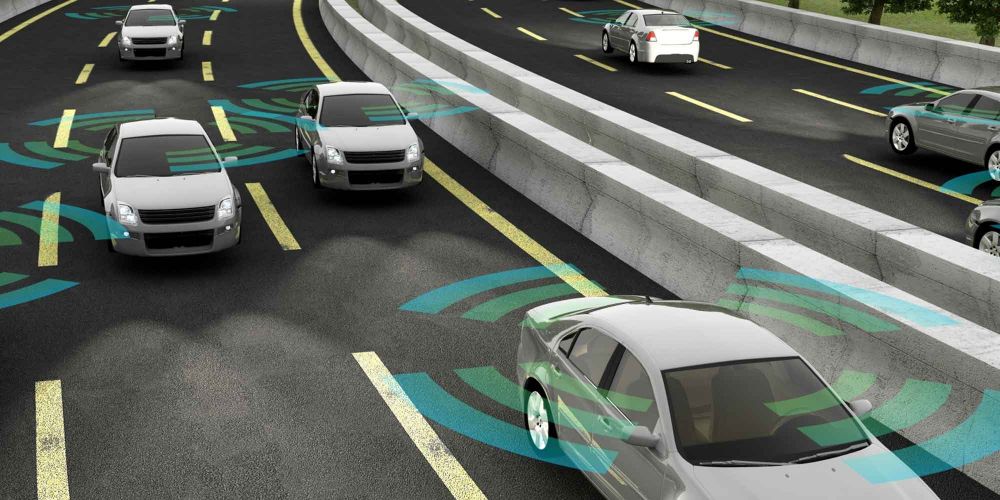
10 October, 2024

Federico Cugurullo
Posted: 28 April, 2017

Federico Cugurullo is an Assistant Professor in Smart and Sustainable Urbanism at Trinity College Dublin and Principal Investigator in the research project “Surpass: how shared autonomous cars will change cities.” The project is supported by a New Horizons Interdisciplinary Research Award, received in 2016. Federico’s post is the final instalment in our “Planes, Trains and Automobiles” series for the month of May.
Autonomous self-driving cars are not the future: they are the present. The first models of cars driven not manually by humans, but by an artificial intelligence, are already operating in different cities around the world. What is now an experimental form of transport is rapidly becoming a trend, and it is expected that by 2040 when we will go out on the street we will see almost exclusively driverless cars.
In a couple of decades, because of autonomous cars, our cities and the way we experience them, will almost certainly be very different. However, whether the city of the future will be a better place to live or worse, is unknow and will depend on how we will employ new transport technologies. If you think about the early automobiles in the 1920s, their diffusion through endless highways came at the expense of many forests, rivers and other natural environments which were cleared out to literally pave the way for cars. The good news is that self-driving cars will operate first and foremost via sharing services run by companies like Uber. This is a relatively more sustainable transport solution, because the more cars we share, the less cars we own, and the less cars we have in a city, the less space we need for them.
In an average city, up to 80% of the space is designed for and occupied by cars, mostly in the shape of roads and parking spaces. Imagine a city with less cars and less space for cars. In that city, what is now 80% car-space, could become 60%, 40% or less. Suddenly you have a lot of free space which cars do not need anymore and that could be reused to make our city environmentally and socially more sustainable. For example, we could turn a road into cycle lanes, or a parking lot into gardens which everyone could use to practice urban agriculture or simply to walk and have a good time.
However, between us and that future city there is a road full of question marks. How many people will be ready to share autonomous cars? Will those sharing autonomous cars be willing to stop owning private vehicles? How is traffic going to change? And, most importantly, how can we redesign the post-manual car city so that it does not harm the environment and makes us happier?
These are the questions that in Surpass, a two-year IRC-funded research project, me and my colleague Ivana Dusparic, will be trying to answer. By merging urban geography and social science methodologies with the science of modelling and computer simulation, we will measure the rate at which people in Dublin will start to share autonomous cars, see how traffic will change and map what urban spaces currently used by cars will become obsolete and could be reused for sustainability purposes. As the future is just around the corner, we believe that by collecting information and driving positive urban change now, tomorrow we will wake up in a better city.
Disclaimer: The opinions expressed in our guest blogs are the author’s own, and do not reflect the opinions of the Irish Research Council or any employee thereof.